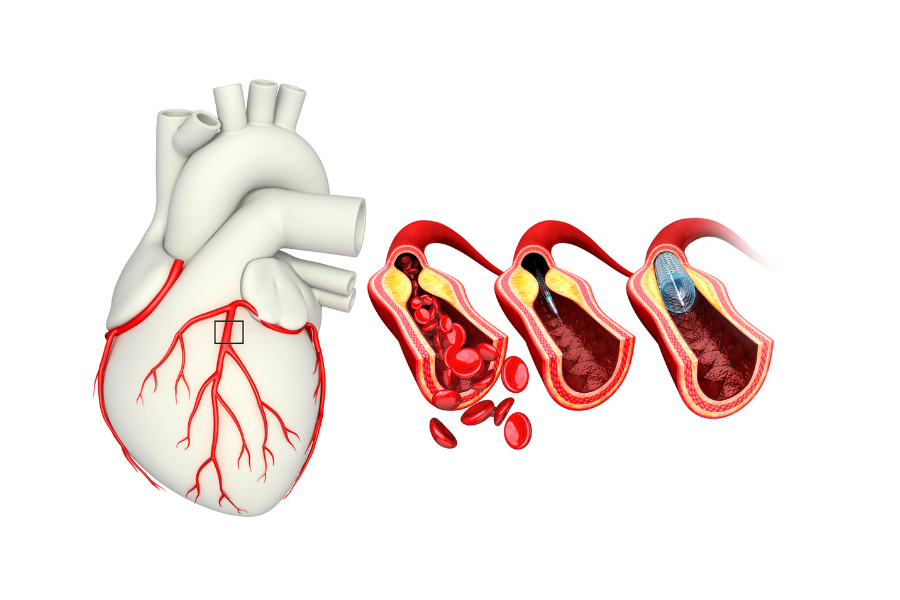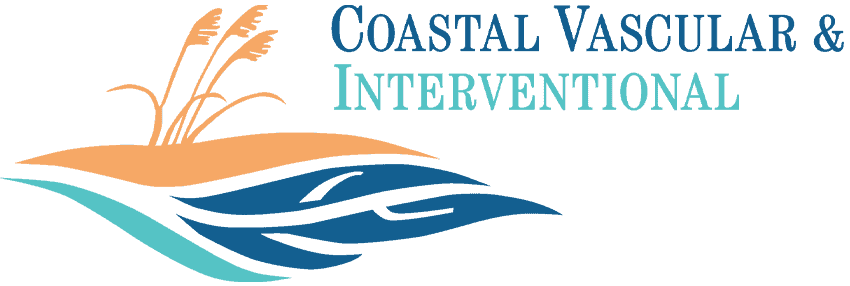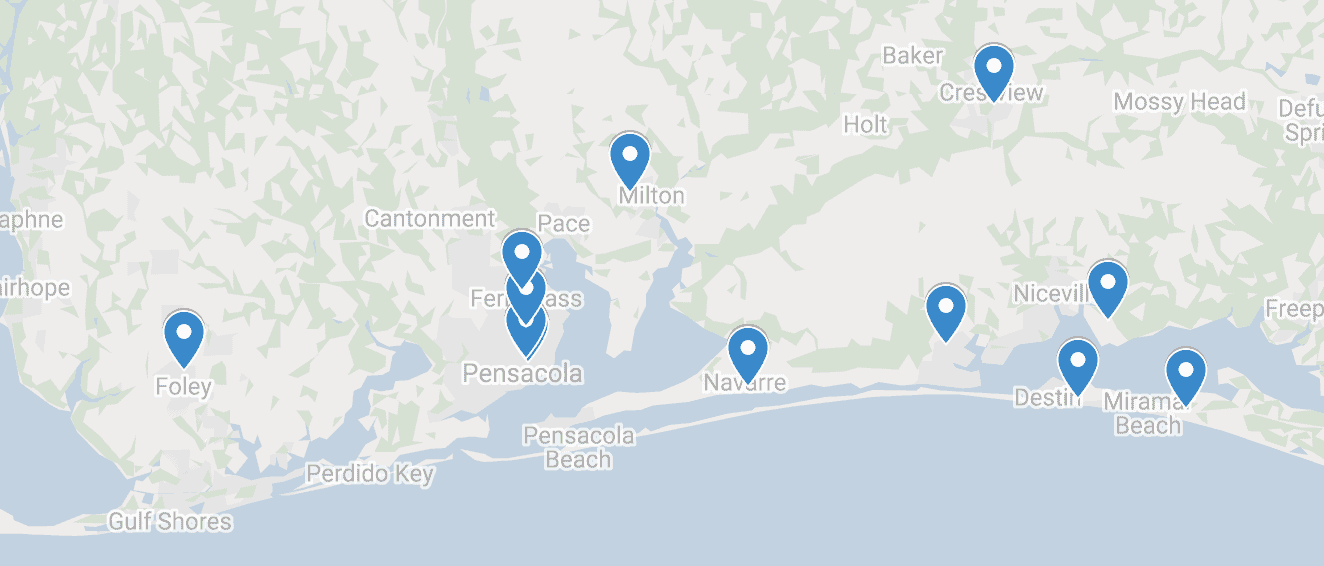Angioplasty: A Lifesaver for Vascular Blockages

- What is an Angioplasty?
- When is an Angioplasty Necessary?
- What Conditions Does Angioplasty Treat?
- What are the Risks and Benefits of Angioplasty?
Do you or someone you know suffer from symptoms of blocked arteries? An angioplasty might be the solution. Every year, around one million angioplasty procedures are carried out alone in the United States, making it one of the most common minimally invasive procedures. But what is angioplasty exactly, and how does it help individuals facing vascular challenges? What are the risks and benefits involved?
Coastal Vascular & Interventional is committed to providing life-saving information to assist you in making the best healthcare decisions for yourself or your loved ones. Keep reading to learn more about how angioplasty can help with vascular blockages.
What is an Angioplasty?
Angioplasty, also known as balloon angioplasty or percutaneous coronary intervention (PCI), is a minimally invasive medical procedure that restores blood flow in narrowed or obstructed arteries.
To perform this procedure, a catheter with a small balloon at its tip is inserted into a blood vessel and guided to the location of the blockage. The balloon is then inflated, pressing the plaque or clot against the artery walls and creating a wider passage for blood to flow.
During the procedure, fluoroscopy, a specialized type of X-ray, is usually used to visualize the arteries and guide the catheter to the blockage site. In some instances, other techniques, such as atherectomy, might remove plaque from the artery.
Angioplasty is a highly effective approach to addressing blocked coronary arteries caused by coronary artery disease, either as an emergency intervention during a heart attack or as an elective procedure for suspected heart disease.

When Is an Angioplasty Necessary?
Angioplasty is a medical procedure essential for individuals with coronary artery disease or who are suffering from a heart attack. It is also used to treat narrowed or blocked arteries in parts of the body, such as the neck, arms, legs, kidneys, and pelvis.
Angioplasty expands these arteries, enhancing blood flow and improving the perfusion of organs after the procedure.
It’s important to note that angioplasty can restore blood flow to coronary arteries if feasible. Not all cases of coronary artery disease (CAD) are suitable for angioplasty. Your physician will determine the most appropriate treatment based on your circumstances.

What Conditions Does Angioplasty Treat?
Angioplasty is used to treat atherosclerosis, which is the buildup of plaque made of fat and cholesterol in various arteries throughout the body:
- Coronary Artery Disease (CAD): Angioplasty, also known as percutaneous coronary intervention, can be beneficial if you have a narrow or blocked coronary artery. This condition can restrict blood flow to the heart, leading to chest pain or a heart attack.
- Peripheral Artery Disease (PAD): Angioplasty treats atherosclerosis in the major arteries of the arms, legs, and pelvis.
- Carotid Artery Disease: Angioplasty can address blocked arteries in the neck. If left untreated, these blockages can increase the risk of a stroke due to inadequate oxygen supply to the brain.
- Chronic Kidney Disease (CKD): When plaque buildup in the kidneys’ arteries reduces oxygen delivery to these organs, a renal artery angioplasty may be recommended.

What Are the Risks and Benefits of Angioplasty?
Benefits
Angioplasty is a medical procedure that has several benefits over surgical procedures. It is less invasive and more affordable, with a success rate of over 90%. The procedure results in only one wound from the catheter insertion site and a smaller wound from the IV. Additionally, your healthcare provider can place a stent during the angioplasty if necessary. Angioplasty offers reduced risk, lower cost, and faster recovery than surgical alternatives.
Despite its benefits, angioplasty, like any invasive procedure, carries certain risks.
Risks
Serious complications during or shortly after angioplasty are rare, occurring in only 2-4% of procedures, or about one in 100. These complications include the need for emergency coronary artery bypass grafting. Other potential risks and complications of angioplasty include:
- A reaction to the dye
- Heart attack
- Abnormal heart rhythm
- Stroke
- Damage to blood vessels or kidneys
- Blood clots
- Chest pain
- Bleeding
- A repeat blockage occurs if a stent is not placed in the artery
The risk of complications is higher in older adults or individuals with kidney disease, heart failure, or multiple blocked arteries.
If you or a loved one are experiencing symptoms of blocked arteries or have been diagnosed with a condition requiring angioplasty, don’t hesitate to seek medical attention.
At Coastal Vascular & Interventional, we specialize in providing minimally invasive vascular procedures, including angioplasty, to improve our patient’s quality of life. Schedule an appointment with one of our experienced vascular surgeons today and take the first step towards better vascular health.


